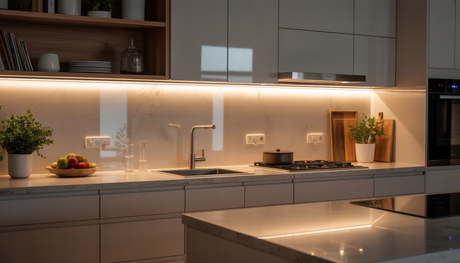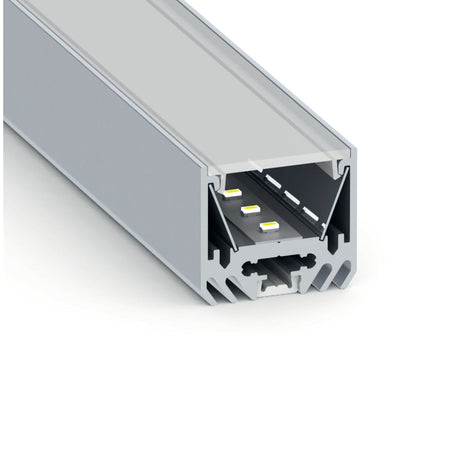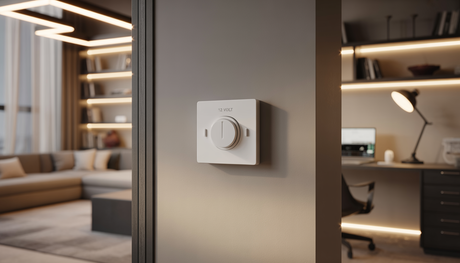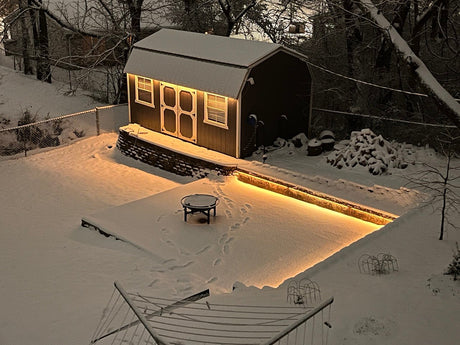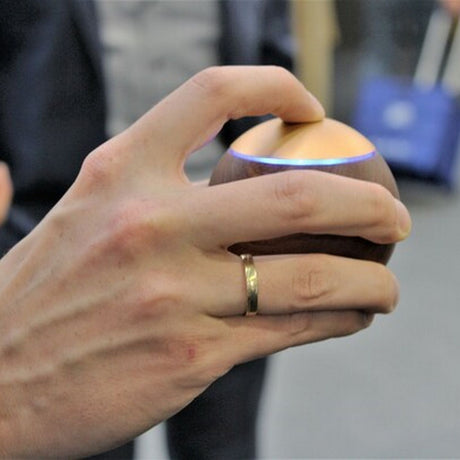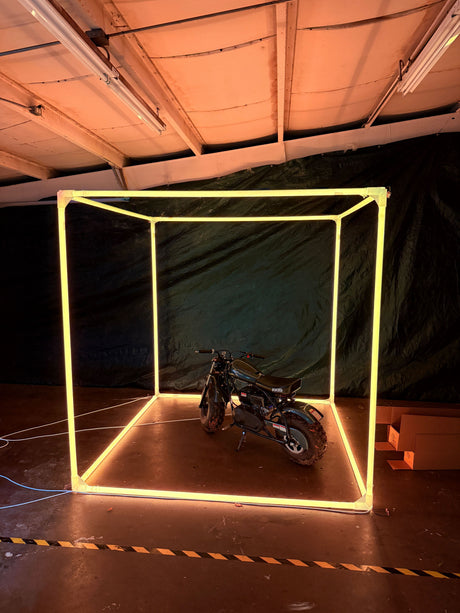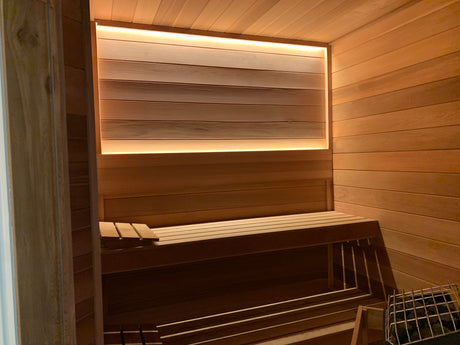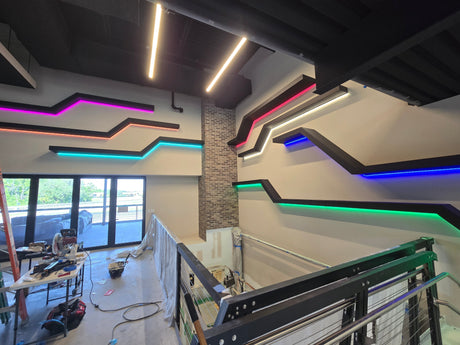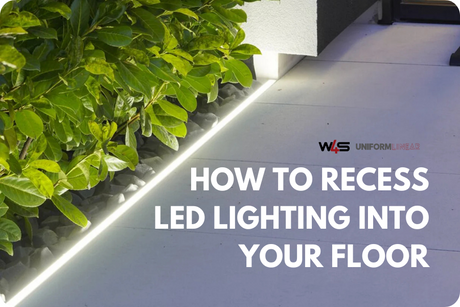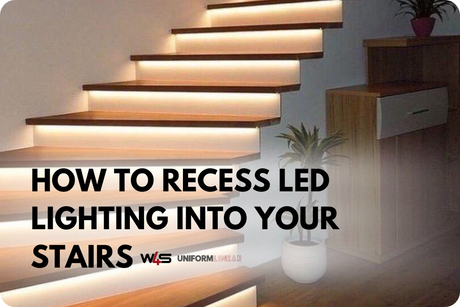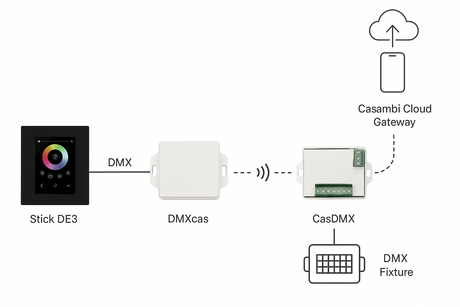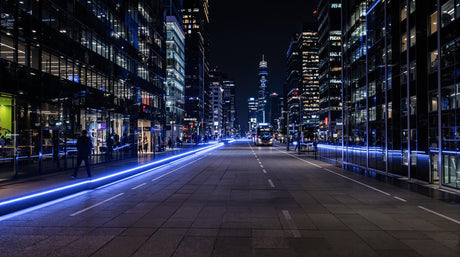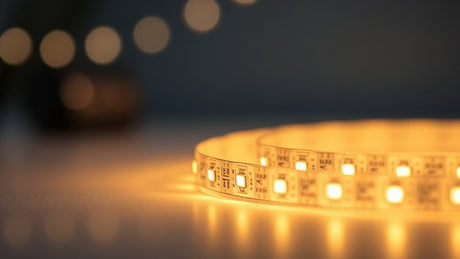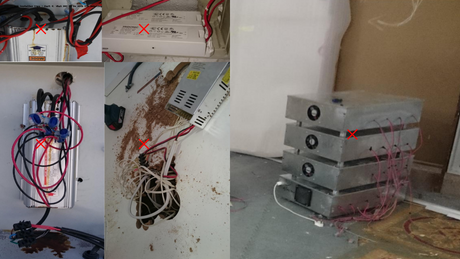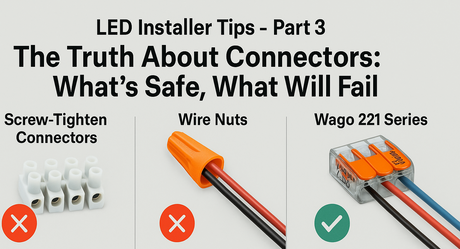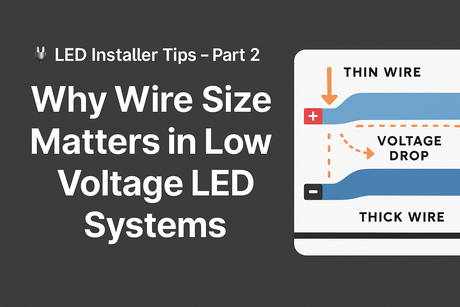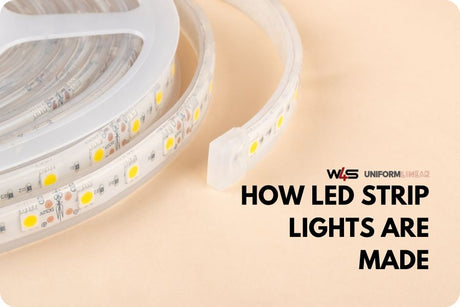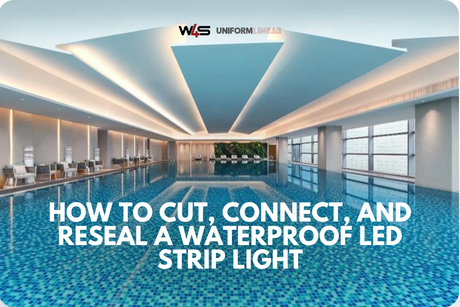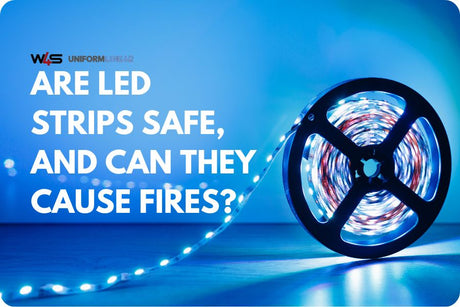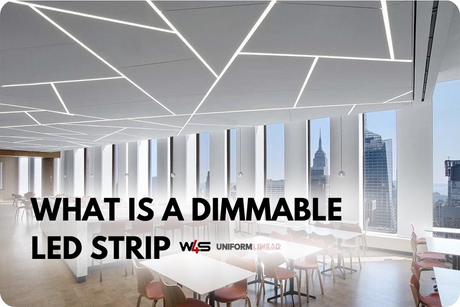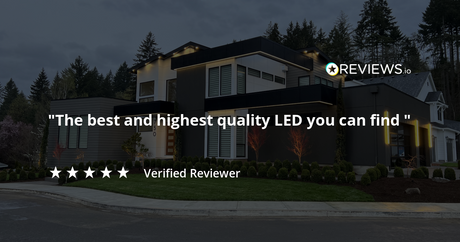FACT :- The color of fresh meat or confectionaries in supermarket display cases forms a first impression, that without a doubt, strongly influences the average person's purchase choice.
FACT :- The pigment,myoglobin, which determines the color of fresh meat undergoes various chemical reactions to form other pigments. These reactions are triggered by light, heat, and oxygen availability.
Hence the importance of choosing the right bakery lighting or meat display lighting
Advantages of using LED strip lighting in food displays
LEDs have a number of advantages versus other forms of lighting including incandescent, fluorescent and highintensity
discharge (HID)
- Directional light emission – able to direct light where it is needed without the use of reflectors.
- Small in size – can be very compact and low-profile.
- Durable – no breakable glass or filaments.
- Cold temperature operation – performance improves in the cold due to lower junction temperature within the diode.
-
Power effieciecy
Instant on – require no “warm up” time. - Rapid cycling capability – lifetime not affected by frequent switching on and off.
- Configurability – compatible with electronic controls to change light levels and color characteristics:-configurable LED Strip lighting
- No IR or UV emissions – LEDs intended for lighting do not emit infrared or ultraviolet radiation.
- No hazardous substances – do not contain mercury and are able to meet the RoHS directive.
- Low voltage – can easily be configured to operate at safe, low DC voltages such as 12V or 24V.
- Long life – properly designed LED luminaires with good thermal management can have useful lives of 50,000 hours or more.
Implementation of LEDS into display merchandisers
The transition from linear T-8 fluorescent lamps to LED luminaires is not straightforward and requires careful
consideration of a number of criteria when designing or implementing solid-state lighting fixtures into display
merchandisers.
Some tips ....
Vertical Glass-Door Merchandisers
Vertical glass-door merchandisers, often called “reach-ins,” are the first style of commercial refrigerator to begin to
see widespread use of LED lighting systems. Due to their relatively common shape, size and configuration across
different manufacturers, reach-ins present one of the easier applications in which LED lighting systems can be
utilized.
However, before selecting an LED light fixture for a reach-in merchandiser, special attention should be paid to the
geometry within the case. Specifically, the most important relationship is the distance between the face of the
product stocking area (i.e., the front of the shelves) and the mullions, where the light fixtures are typically mounted.
Depending on the depth of the shelves and of the overall merchandiser, this distance can vary from as little as 3
inches (76 mm) to as much as 7 inches (178 mm) or more for the LED luminaire to provide even illumination level across the front of the shelves. This problem is particularly prevalent in narrow-footprint reach-in cases.
Vertical and Semi-Vertical Open Multi-Deck Merchandisers
A second type of high-volume merchandiser used in supermarkets is the vertical or semi-vertical open multi-deck
style, often used for dairy, meat and produce products. Due to the massive variety of shapes and sizes available,
these cases present more of a challenge when using LED luminaires in place of traditional linear fluorescent lamps.
Items to consider when designing or selecting LED shelf light fixtures:
Need to work with both horizontal and down-tilted shelving configurations.
Good color quality may be vitally important, especially in red meat merchandisers.
A wide angle of light discharge may be required to light the top of products evenly on deep shelves.
Shelf fixtures may be exposed to water, corrosive cleaning agents, and acidic food substances.
Items to consider when designing or selecting LED canopy light fixtures:
- Canopy lighting system must have enough flexibility to evenly illuminate products as close as 12 inches(0.30 m) and as far as 60 inches (1.52 m) away.
- Canopy lighting system must have enough flexibility to evenly illuminate products in vertical merchandisers with air curtain angles of nearly 90 degrees as well as semi-vertical merchandisers with air curtain angles as steep as 45 degrees or less.
- Must have enough light output to adequately illuminate products as far as 60 inches (1.52 m) away.
- Good thermal management of the LEDs is required because the luminaire may not be mounted inside the refrigerated zone of the merchandiser.
another interesting study
Beef Stored Under LED Lights Stays Red Longer
Research has proved how keeping ground beef under meat display case LED lights as opposed to incandescent bulbs can slow down the redness-discoloration (oxidation) process in hamburger meat. The researchers have found that ground beef stored under no light retained its red color the longest. However, this is not an option when selling meat, because consumers have to see the meat they buy.
They examined the color of ground beef patties that were both five and 25 percent fat at one, three, five, and seven-day intervals. The team also tested the patties for concentrations of lipid oxidation and myoglobin. Lipid oxidation is a primary cause of quality deterioration that can lead to rancidity or off flavor in fatty or raw tissues. Myoglobin is the protein responsible for the meat’s color. The meat display cases were kept at temperatures near two degrees Celsius (35.6 Fahrenheit) during the experiment.
The more discoloration occurred, the longer the samples were stored in the display cases. By the fifth day, the more red color of the LED-lit patties was noticeable compared to those under fluorescent lights. The patties under LEDs also had had less oxidation of color and fat, giving them extra display shelf life.




